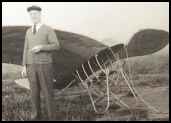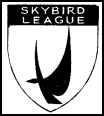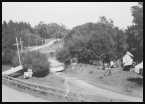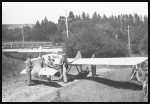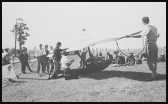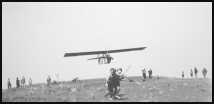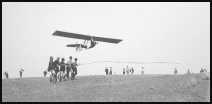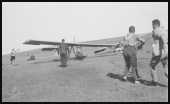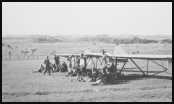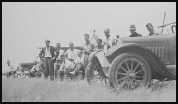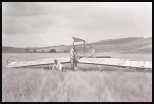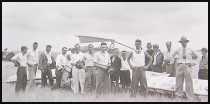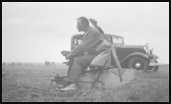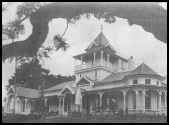 |
|
|||||||
| Sailing on the winds... | ||||||||
| Just as we have had to crawl before
we learned to walk, so did the pioneers in aviation, using gliding as a stepping-stone to powered-flight. They tried to
imitate the birds. |
||||||||
 |
Around that time, the first petrol
engine was invented. For a while, opportunities of motorless flight were put on the 'back-burner'. |
|||||||
| It wasn't until after World War One
that Germany, under forced restrictions by the allied
powers, realised its possibilities and made great advances in glider design. |
||||||||
| The value of gliding as a tool to
train pilots was soon recognised the world over. Today, motorless flights lasting many hours and over long distances are a common occurrance. |
||||||||
| Above: One of the 1930s
attempts to 'fly like a bird'. An 'experiment' on the Embankment Drome - all this before the age of hang-gliders ! |
||||||||
|
||||||||
